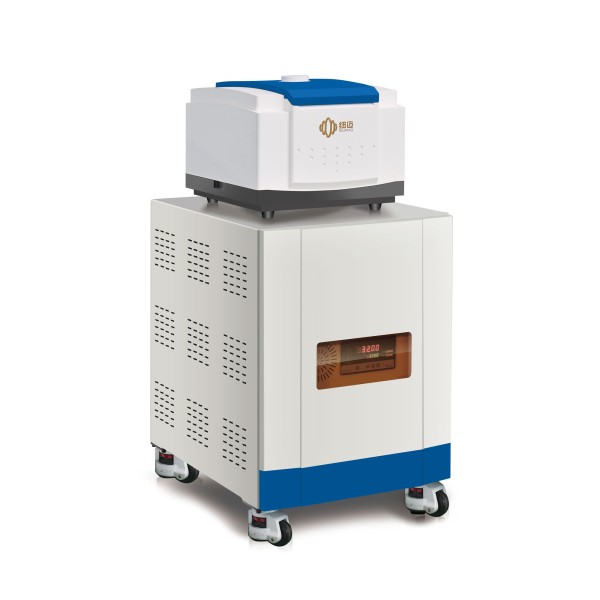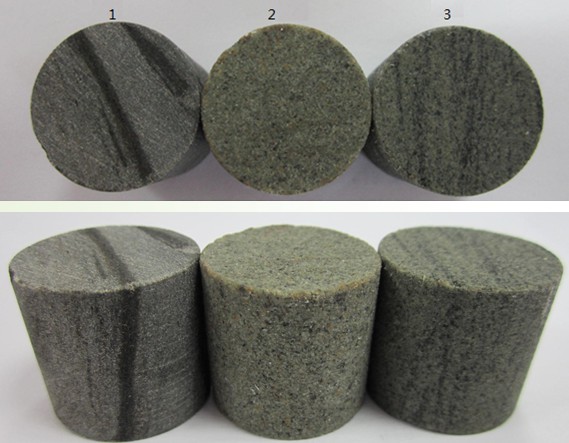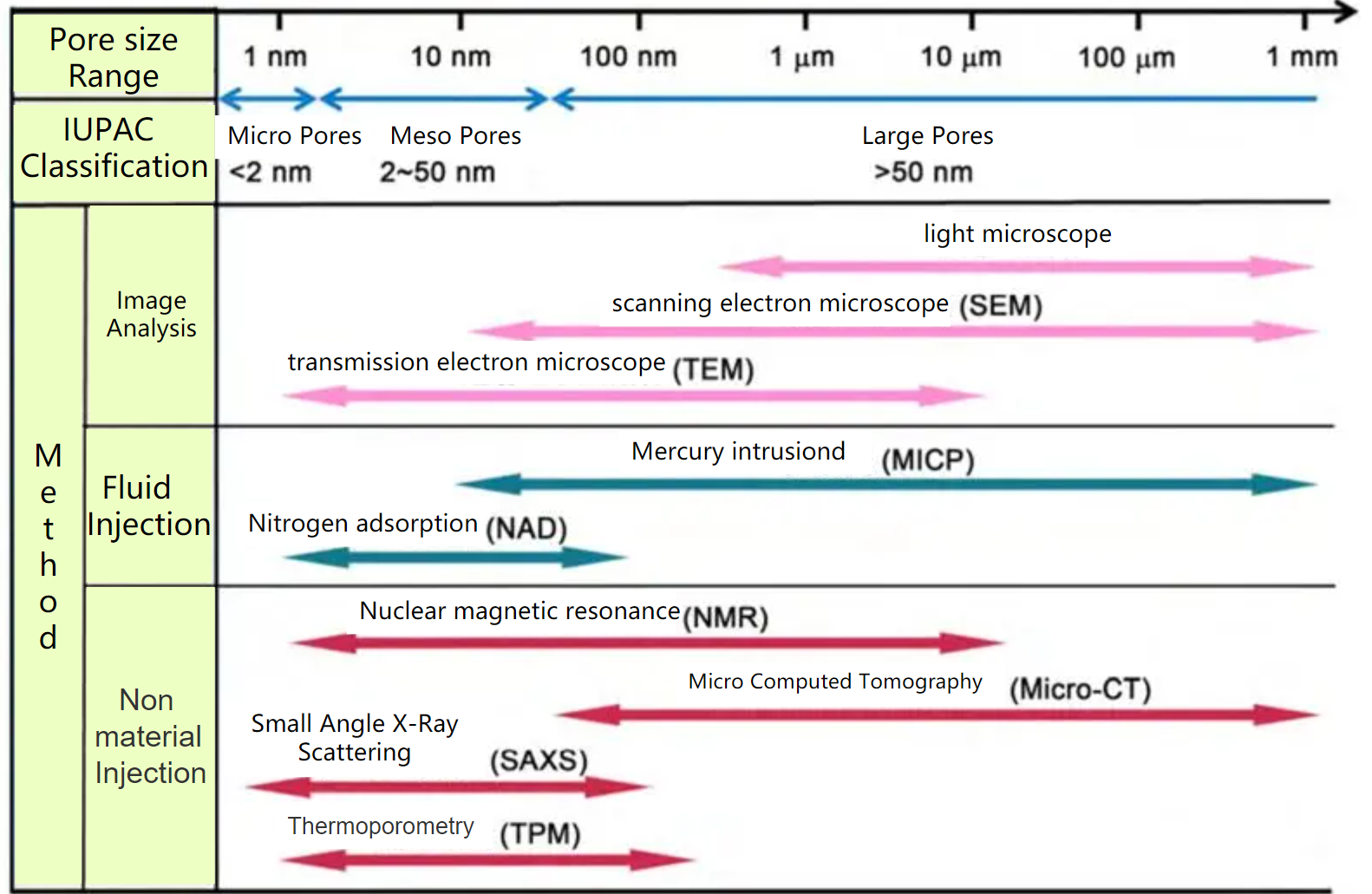Настольные ЯМР-исследования Rock Core
Rock Core Benchtop NMR
Rock core benchtop NMR refers to the use of nuclear magnetic resonance (ЯМР) instrument on rock core samples in a laboratory setting, using a benchtop NMR instrument. This technique is used to study the properties of rock formations and can provide important information about the composition, пористость, and permeability of rocks.
Benchtop NMR instruments are small, portable devices that use a low magnetic field strength compared to high-field NMR instruments used in research settings. This makes benchtop NMR instruments more affordable and accessible for routine laboratory use.
By analyzing the NMR spectrum of a rock core sample, geologists and other scientists can gain valuable insights into the properties of rock formations and their potential for use in various applications, such as oil and gas exploration or geological studies.
Rock Core Benchtop NMR Experiment
To perform rock core benchtop NMR, a small sample of rock is placed into the NMR instrument and subjected to a magnetic field. The instrument then measures the energy that is absorbed and emitted by the nuclei in the rock sample, which provides information about the chemical composition and physical properties of the rock.
Rock Core Benchtop NMR Principle
The principle of nuclear magnetic resonance (ЯМР) for rock core analysis is based on the fact that the nuclei of certain atoms, such as hydrogen (proton) and carbon, have a magnetic moment, which causes them to behave like tiny magnets. Когда образец помещен в сильное магнитное поле, the magnetic moments of these nuclei align either with or against the magnetic field.
В ЯМР, образец подвергается воздействию сильного магнитного поля, который заставляет ядра определенных атомов в образце выравниваться по магнитному полю или против него.. Радиочастота (РФ) затем импульс подается на образец, что заставляет ядра поглощать энергию и возбуждаться. Когда радиочастотный импульс выключен, ядра возвращаются в исходное состояние, высвобождение поглощенной энергии в виде электромагнитного излучения. Это излучение улавливается антенной, и полученный спектр ЯМР предоставляет информацию о химических и физических свойствах образца..
In the case of rock core analysis, ЯМР можно использовать для изучения свойств минералов и жидкостей в образце породы.. Спектр ЯМР дает информацию о количестве атомов водорода в образце., их химическая среда, и количество жидкости, присутствующей в образце. Эту информацию можно использовать для определения пористости., проницаемость, и жидкостное содержание породы, а также состав и строение присутствующих минералов..
Rock Core Analysis Methods
There are several other methods for analyzing rock cores, включая:
- Дифракция рентгеновского излучения (Рентгеновский): XRD is a technique that uses X-rays to study the crystalline structure of materials. It can be used to identify the mineral composition of rock samples and determine their crystalline structure.
- Сканирующая электронная микроскопия (КОТОРЫЙ): SEM is a technique that uses a beam of electrons to study the surface of materials at high resolution. It can be used to study the morphology and texture of rock samples and provide information on pore size, shape, and distribution.
- Petrographic analysis: Petrographic analysis involves the study of thin sections of rock samples under a microscope. It can be used to identify mineral composition, текстура, and structure of rocks.
- Mercury intrusion porosimetry (MIP): MIP is a technique that measures the pore size distribution and total porosity of a rock sample by measuring the volume of mercury intruded into the sample under pressure.
- Gas chromatography-mass spectrometry (GC-MS): GC-MS is a technique that separates and analyzes the individual components of a rock sample. It can be used to identify the organic components of a sample, such as petroleum or hydrocarbon gases.
- Inductively coupled plasma-mass spectrometry (ICP-MS): ICP-MS is a technique that measures the elemental composition of a rock sample by ionizing the atoms and analyzing the resulting ions. It can be used to identify trace elements and measure their concentration in a sample.
These techniques can be used in combination with each other to provide a more comprehensive understanding of the properties of rock formations.
Rock Core Benchtop NMR Advantages
Ядерный магнитный резонанс (ЯМР) прибор имеет ряд преимуществ как метод изучения свойств молекул и материалов.:
- Неразрушающий: ЯМР — это неразрушающий метод, который позволяет анализировать образцы без изменения их химических или физических свойств..
- Универсальный: ЯМР можно использовать для изучения широкого спектра материалов., в том числе органические соединения, неорганические соединения, полимеры, белки, и даже неповрежденные клетки.
- Количественный: ЯМР может предоставить количественную информацию о концентрации и распределении различных компонентов в образце..
- Структурная информация: ЯМР может предоставить подробную структурную информацию о молекулах., включая их трехмерные формы, межатомные расстояния, и химическая среда.
- Высокое разрешение: ЯМР имеет высокое разрешение и позволяет различать различные химические группы в образце., даже в сложных смесях.
- Никакого радиационного воздействия: В отличие от других аналитических методов, таких как рентгеновская кристаллография, ЯМР не предполагает воздействия ионизирующего излучения., что делает его более безопасным как для пользователя, так и для образца.
- Минимальная подготовка проб: ЯМР требует минимальной подготовки проб., часто требуется только растворить образец в подходящем растворителе.
Общий, NMR instrument is a powerful analytical tool that has wide-ranging applications in the fields of chemistry, биология, и материаловедение.
Rock Core Benchtop NMR of Niumag
Niumag rock core benchtop NMR refers to a series of benchtop nuclear magnetic resonance (ЯМР) instruments manufactured by Niumag Corporation.
Niumag benchtop NMR instruments use a low-field, конструкция с постоянным магнитом, обеспечивающая высокую чувствительность и разрешение при сохранении компактных размеров и доступной стоимости.. Эти инструменты обладают множеством функций, включая автоматическое шиммирование, контроль температуры, и удобный интерфейс для анализа и обработки данных.
The Niumag benchtop NMR instruments can be used for a variety of applications, например, контроль качества, исследования и разработки, и мониторинг процессов. Они особенно полезны для анализа состава., состав, и свойства материалов, в том числе полимеры, химикаты, продукты питания, фармацевтика, и геологические образцы.
The Niumag benchtop NMR instruments are available in several models with different field strengths and sample sizes, начиная от 0.5 Тесла в 2.0 Тесла. Эти инструменты широко используются в научных кругах., исследовательские лаборатории, и промышленных условиях для различных приложений в области материаловедения, химия, геология, и другие поля.
 Niumag 2MHz Rock core NMR Analyzer
Niumag 2MHz Rock core NMR Analyzer
MicroMR02-025V is a benchtop NMR (Ядерный магнитный резонанс) analyzer that is designed for use in petroleum exploration. It is considered one of the world’s most advanced benchtop NMR analyzers due to its compact body design and high performance capabilities.
The MicroMR02-025V is specifically designed for use in small laboratories or field environments, making it ideal for use in remote locations. Its compact size and easy-to-use interface make it a convenient tool for researchers who need to analyze samples quickly and accurately.
Общий, the MicroMR02-025V is a powerful tool for those working in the petroleum exploration industry who need to analyze samples in a quick and efficient manner. Its advanced features and compact design make it a top choice for researchers around the world.
 заплесневелый
заплесневелый

